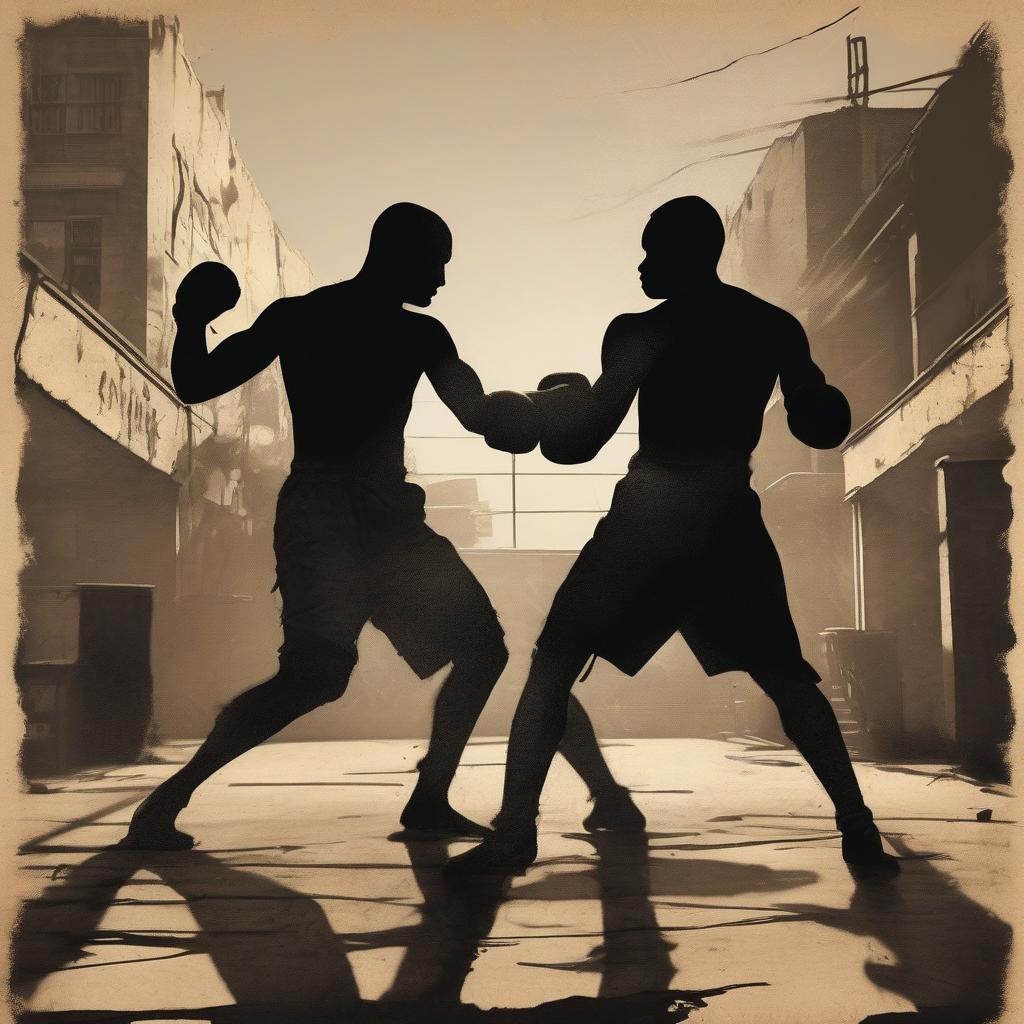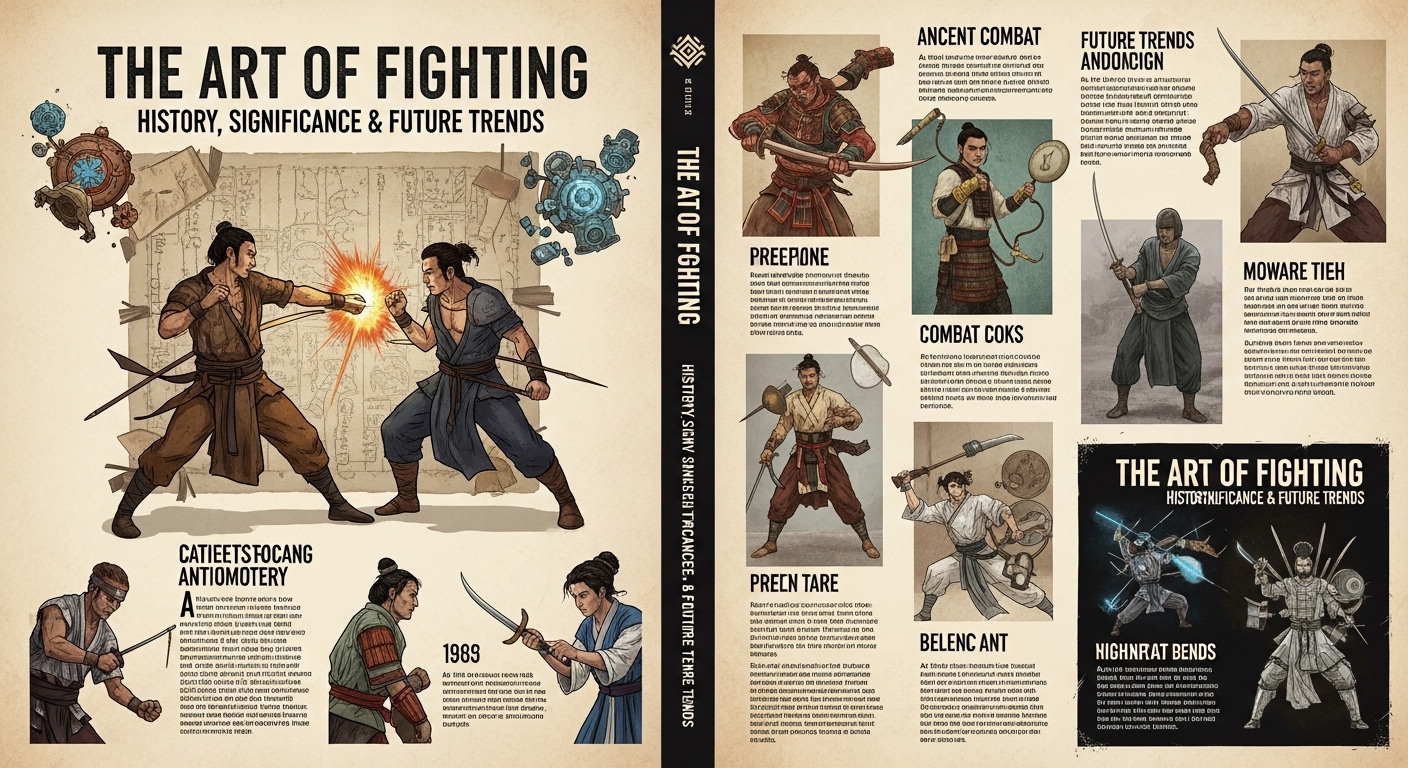Fighting. It’s a concept as old as time. Whether it’s a child having a spat on the playground or nations waging war, fighting is woven into the fabric of human history. Now, it’s not something you really want to glorify. It’s messy, complicated, often regrettable. But it’s there, lurking. From the moment we could throw a punch, we’ve been trying to settle disputes through combat. Let’s wander through this tangled web, shall we?
The Many Faces of Fighting
When we think about fighting, the mind usually jumps to physical altercations, but that’s just scratching the surface. Fighting encompasses a broad spectrum—from mental battles and inner struggles to organized sports like boxing or MMA. And let’s not forget those heated online debates that sometimes feel like digital brawls. Each form carries its own set of rules, consequences, and cultural implications.
Physical Combat
Ah, the classic scenario. Two people, fists up, maybe a crowd forms. Physical fighting is as old-school as it gets. Think about historical duels or street fights. Not everyone’s a brawler, but sometimes, tempers flare, and fists fly. It’s not the prettiest way to resolve an issue, but there’s something so raw and primal about it that it’s hard to ignore. Even in sports, the appeal of watching fighters in a ring can be mesmerizing. It’s not just the thrill but the skill, strategy, and endurance that captivate audiences.
Combat Sports
For those who prefer an organized setting, combat sports are an outlet. Whether it’s boxing, wrestling, or the increasingly popular mixed martial arts, combat sports offer a controlled environment where fighters can showcase their skills. These sports aren’t just about brute force; they’re about strategy, discipline, and respect for the opponent. If interested, you can read more about these sports on this curated list of articles.
- Boxing
- Wrestling
- Mixed Martial Arts (MMA)
Each sport has its own set of rules and cultural significance. For instance, boxing is often seen as the “sweet science,” requiring finesse and tactical acumen. Wrestling, on the other hand, offers a blend of strength and technique, while MMA allows for a mix of different fighting styles.
Verbal and Psychological Battles
Not all fights are physical. Some of the most intense battles happen in the mind or through words. Ever been in an argument so heated it felt like you were going to explode? You’re not alone. Verbal spats can be exhausting, sometimes leaving deeper scars than a physical altercation. Psychological battles, meanwhile, are often silent. Inner fights with anxiety or depression can be just as consuming.
Why Do We Fight?
Why do humans resort to fighting? It’s a complex question. Some say it’s survival instinct, others argue it’s about asserting dominance or protecting resources. Social and environmental factors play a role too. And let’s be honest, sometimes people just get under your skin. On a broader note, societies have built systems and institutions around fighting. Legal systems, political debates, and even the way we view sports like football or rugby can be seen as structured forms of competition and conflict.
Survival and Instinct
At its core, fighting can be about survival. In the animal kingdom, creatures fight for territory, mates, and food. Humans haven’t strayed far from this paradigm. While the stakes may differ—job promotions instead of food, romantic relationships instead of mating rights—the underlying drive remains. It’s about securing what’s necessary for survival and legacy.
Table: Common Reasons for Fighting
| Reason | Description |
|---|---|
| Survival | Fighting for food, territory, or resources. |
| Defense | Protecting oneself or others from harm. |
| Power | Establishing dominance or control. |
| Dispute Resolution | Settling a conflict or disagreement. |
Social and Cultural Influences
Culture dictates what’s acceptable when it comes to fighting. Some cultures celebrate warriors, while others emphasize peace and diplomacy. Socialization, media, and personal experiences shape how individuals and communities perceive conflict. The depiction of fighting in movies or video games can also influence perceptions. For more on the cultural aspects, check out this detailed article on Wikipedia.
The Impacts of Fighting
Fighting leaves its mark—on individuals, communities, and entire nations. The consequences can be immediate, like physical injuries, or long-term, such as emotional trauma. It’s important to understand that while fighting can sometimes be justified, it often leads to more complex problems down the line.
Physical and Emotional Consequences
No one walks away from a fight unscathed. Physical injuries are the obvious outcomes, but the emotional strain can be equally damaging. Anxiety, guilt, and even PTSD can result from violent confrontations. Kids exposed to fighting at a young age can carry those memories into adulthood, shaping their responses to conflict.
Societal Impact
On a larger scale, fighting influences societal norms and stability. Wars can alter geopolitics, while civil unrest can lead to policy changes or social reform. Sometimes, fighting can even inspire positive change. Historic battles for civil rights or independence have paved the way for significant social progress. The implications of conflict are complex and extensive. For a present-day look into societal conflicts, you might find this article insightful.
Moving Beyond the Fight
Is it possible to move beyond fighting? Many hope so. Conflict resolution and peace-building are fields dedicated to finding non-violent solutions. Mediation, negotiation, and diplomacy are techniques used to prevent and resolve disputes. Education and awareness can play pivotal roles in reducing fighting by promoting understanding and empathy.
Conflict Resolution Techniques
- Mediation – Involves a neutral third party to help resolve disputes.
- Negotiation – Direct communication between parties to reach a mutual agreement.
- Diplomacy – Engaging in dialogue to manage international relations and avoid conflict.
Learning to communicate effectively and engage empathetically can be powerful tools in reducing the frequency and intensity of conflicts. By understanding underlying issues and motivations, we can address root causes rather than symptoms.
So, fighting. It’s a part of us, whether we like it or not. But how we choose to engage with it—or disengage from it—can define who we are and the world we live in.
FAQs
- Why do people choose violence over dialogue? Sometimes, it’s about immediate emotion—anger, fear, even adrenaline. Other times, people haven’t learned effective communication skills or lack the patience for peaceful solutions.
- Is fighting ever justified? In some scenarios, like self-defense, it might be seen as necessary. However, it’s always essential to consider long-term consequences and explore all possible alternatives first.
- How can we teach kids to resolve conflicts without fighting? Start by modeling good behavior, teaching empathy, and providing them with tools to express themselves clearly and calmly. Encourage open dialogue and problem-solving.
- Can fights strengthen relationships? Sometimes, yes. Working through conflicts can lead to better understanding and stronger bonds, but only if handled constructively.
- What are some books or resources for learning about conflict resolution? There are many, but “Getting to Yes” by Roger Fisher and William Ury is a classic. Also, courses in psychology or communication can offer valuable insights.


